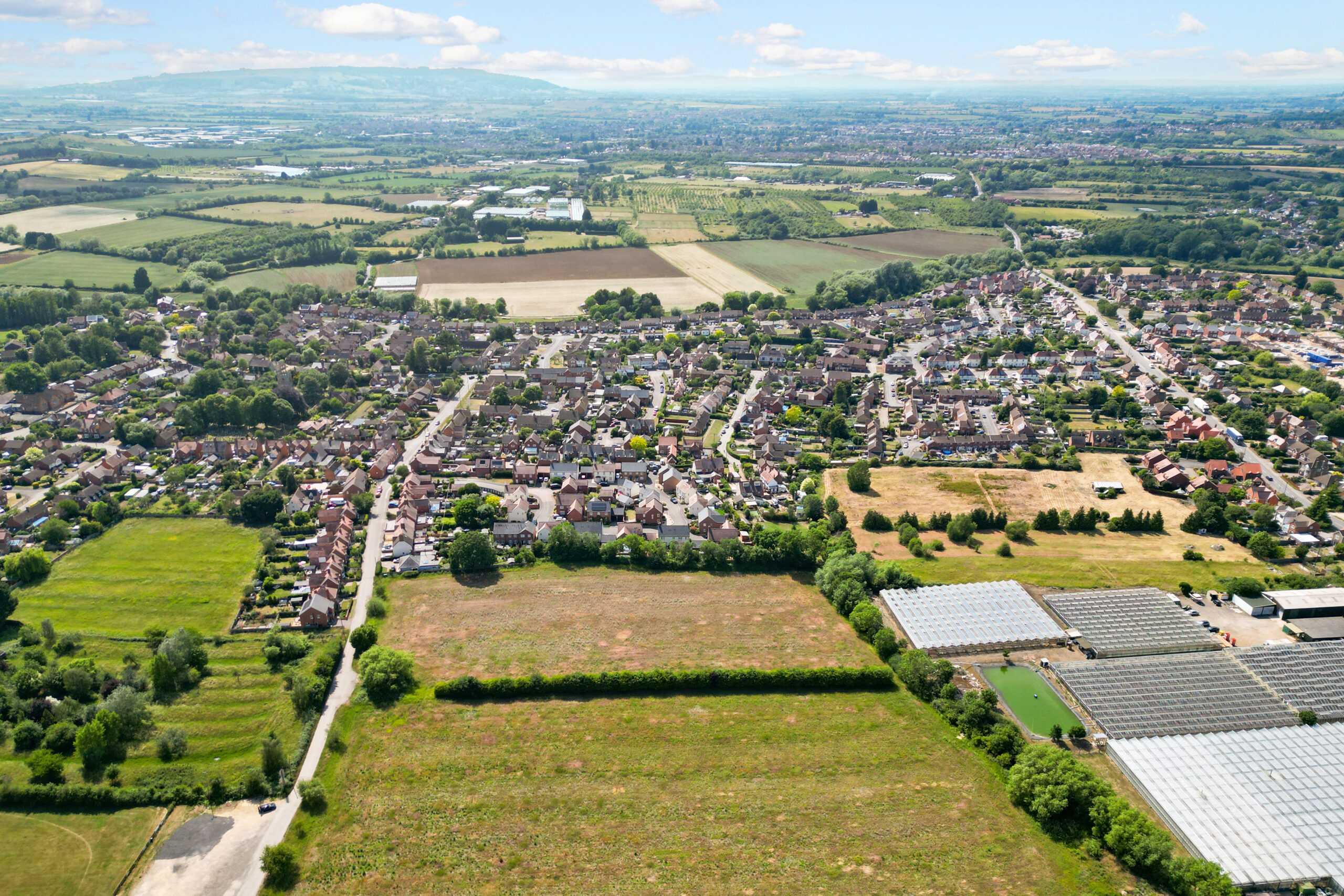The Planning Practice Guidance (PPG) on flood risk, updated on 17th September 2025, represents a significant shift in how flood risk is managed through the planning system. The changes create new opportunities for development but also impose higher expectations on applicants and planning authorities.
Implications for Developers and Landowners
- Occupiers will be safe for the full lifetime of the development.
- Flood risk to surrounding areas will not increase.

Challenges & Higher Standards
The change offers a route to approval for sites in areas of surface water flooding, but shifts emphasis onto the quality of FRA evidence:
- More advanced modelling and expert input may raise upfront costs.
- Poorly prepared FRAs risk delays or refusal, as authorities will rely on them more heavily.
- The benefit currently applies only to surface water flooding; river and tidal risks still require the Sequential Test.
Strategic & Policy Context

Wider Planning System Impact
- The expectation for Sustainable Drainage Systems (SuDS) in all developments.
- Closer alignment between planning policy, investment in flood defences, and climate adaptation strategies.
- A stronger link between development viability and long-term resilience.
Conclusion

